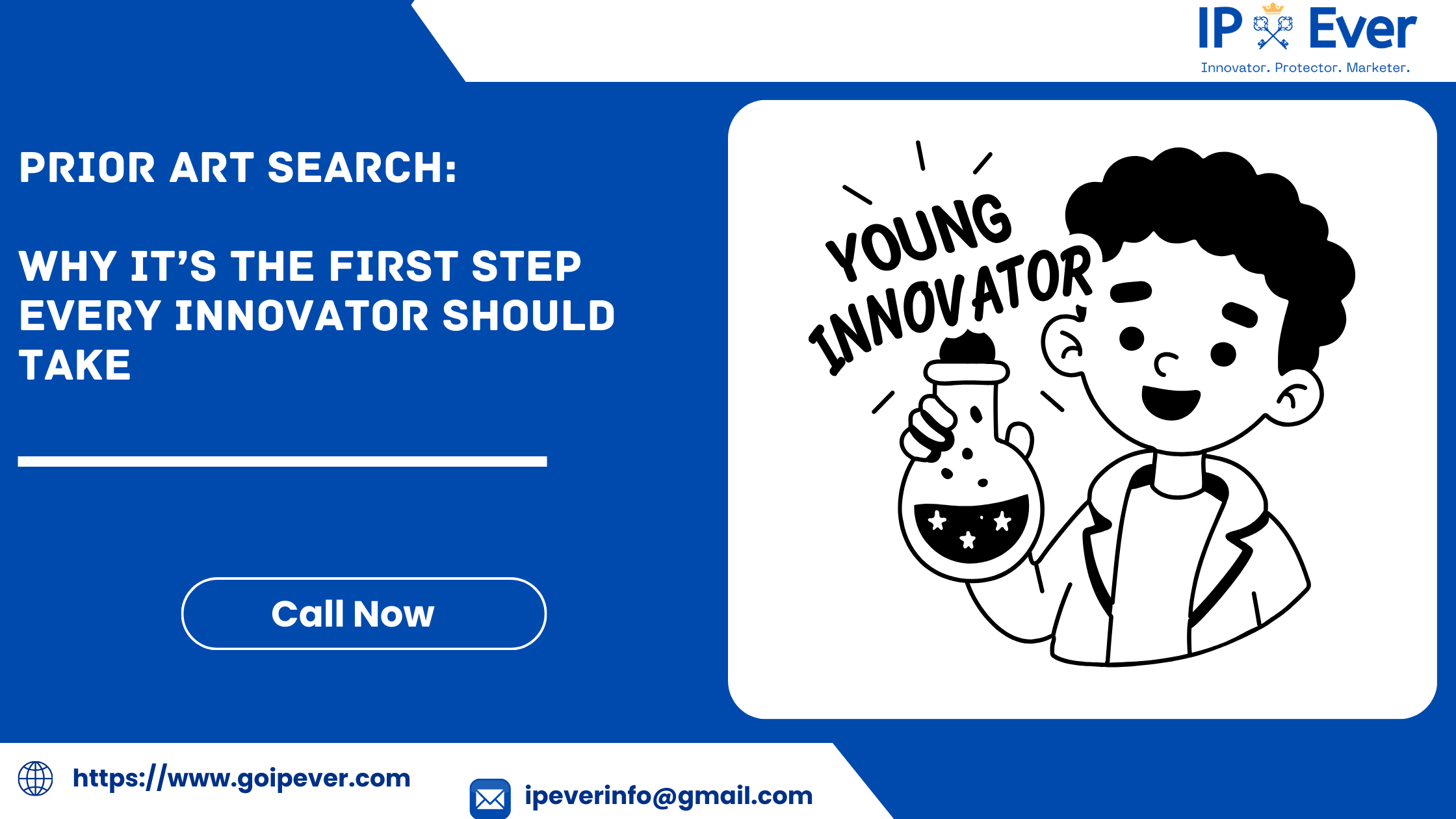Drafting Patent Claims for AI Algorithms in CT Scan Systems
Drafting Patent Claims for AI Algorithms in CT Scan Systems: A Case Study on Overcoming Section 3(k)
Artificial Intelligence (AI) is transforming modern diagnostics—particularly in medical imaging technologies like CT (Computed Tomography) scan systems. However, when innovators attempt to protect AI-driven algorithms used in such systems through patents, they face one major roadblock in India: Section 3(k) of the Indian Patents Act, 1970.
This blog explores how to successfully draft patent claims for AI innovations embedded in CT scan workflows, using a real-world case study of an AI-based noise reduction algorithm. We’ll also decode the strategies to overcome legal exclusions, while maintaining compliance with disclosure standards under Section 10 of the Act.
🧾 Section 3(k): A Legal Barrier You Can’t Ignore
Section 3(k) of the Indian Patents Act, 1970:
“A mathematical method or a business method or a computer program per se or algorithms” shall not be considered as an invention.
This clause has been the chief barrier for AI and ML-based patent applications in India. If your innovation is seen as merely an algorithm or software, your application is likely to be rejected—even if it’s technically groundbreaking.
🏥 Case Study: AI-Based Noise Reduction in CT Scans
Let’s consider a scenario:
A MedTech startup develops an AI algorithm—specifically, a deep convolutional neural network (CNN)—designed to reduce high-frequency noise in CT images without compromising diagnostic clarity. The AI is trained on thousands of image pairs (noisy + reference) and is deployed within the CT machine to process raw scan data in real time.
This innovation:
- Improves radiologist decision-making
- Reduces the need for repeat scans
- Increases the diagnostic efficiency of existing CT equipment
Seems patentable, right? Yes—but only with strategic drafting.
❌ What Won’t Work: Pure Algorithmic Claims
Rejected Style Claim Example:
A method of reducing noise in a CT scan image using a trained neural network that processes input image data and filters high-frequency signals…
Why this fails under 3(k):
- Claimed as a mathematical model or algorithm
- No hardware or real-world technical anchoring
- Falls under “computer program per se”
Such claims—even when novel—will almost certainly attract Section 3(k) objections and risk outright rejection.
✅ What Will Work: Claiming the System and Technical Effect
Allowable Style Claim Example:
A CT scan system comprising:
a processor configured to execute a noise reduction module, wherein the module applies a trained convolutional neural network (CNN) to real-time scan data to generate noise-suppressed diagnostic images;
a memory storing image datasets for reference; and
a display unit operatively connected to the processor to render enhanced diagnostic images.
Why this survives 3(k):
- Framed as a technical system, not a software method
- Processor and hardware interaction clearly specified
- Demonstrates technical effect: real-time image clarity, improved diagnostics
- Supported by medical utility
📑 Legal Support for This Strategy
According to the 2017 CRI Guidelines (Computer-Related Invention) issued by the Indian Patent Office:
“If the claimed subject matter demonstrates a ‘technical effect’ and is not merely a ‘computer program per se’, it may be considered patentable.”
Examples of technical effects include:
- Higher speed in data transmission
- Better image resolution
- Reduced memory access time
- Real-time monitoring improvements
🔍 Section 10 Compliance: Disclosure is Critical
Section 10 of the Indian Patents Act mandates sufficient description to enable a person skilled in the art to perform the invention.
So your patent specification must include:
- Details of the AI model architecture (e.g., CNN layers, activation functions)
- Data training methodology
- Pre-processing/post-processing steps
- Hardware deployment details
- Input/output format samples
- Flowcharts or system diagrams showing operational workflow
Tip: Avoid black-boxing. Examiners need transparency, not abstraction.
💡 Lessons for Innovators in Healthcare AI
|
Insight |
What to Do |
|
AI in isolation is not patentable |
Tie it to hardware or a defined technical process |
|
Medical value isn’t enough |
Show real technical improvement, not just diagnostic relevance |
|
Claims drive protection |
Work with professionals who understand how to frame system claims |
|
One claim can make or break your filing |
Use multi-layered claims: independent + dependent sets |
|
Disclosure must be deep |
Include AI-specific parameters, not just general outcomes |
🤝 How IP EVER LLP Helps You Succeed
At IP EVER LLP, we’ve supported startups, researchers, and MedTech companies in filing and successfully prosecuting AI-driven innovations, especially in regulated sectors like healthcare.
Our support includes:
- Strategic claim drafting that survives Section 3(k)
- Ensuring technical effect language is embedded
- Patentability reports for AI/ML innovations
- Pre-filing audits for disclosure strength
- Handling First Examination Reports (FERs) and hearings
Our grant success in software/AI filings stands at 100% for examined applications to date.
🚀 Final Thoughts
AI is changing diagnostics—and it deserves strong protection.
But in India, protecting an AI algorithm requires more than just invention—it needs strategic translation into the language of patents.
If you’re working on an AI innovation in CT scans, X-ray enhancement, clinical decision support, or any other healthcare application, don’t let your idea slip through the cracks of Section 3(k).
📩 Let’s Build Your Patent Strategy
🔹 Email: drabganesh@gmail.com
🔹 Call: 9842791925
🔹 Website: www.goipever.com
Innovation needs protection. We make it happen.


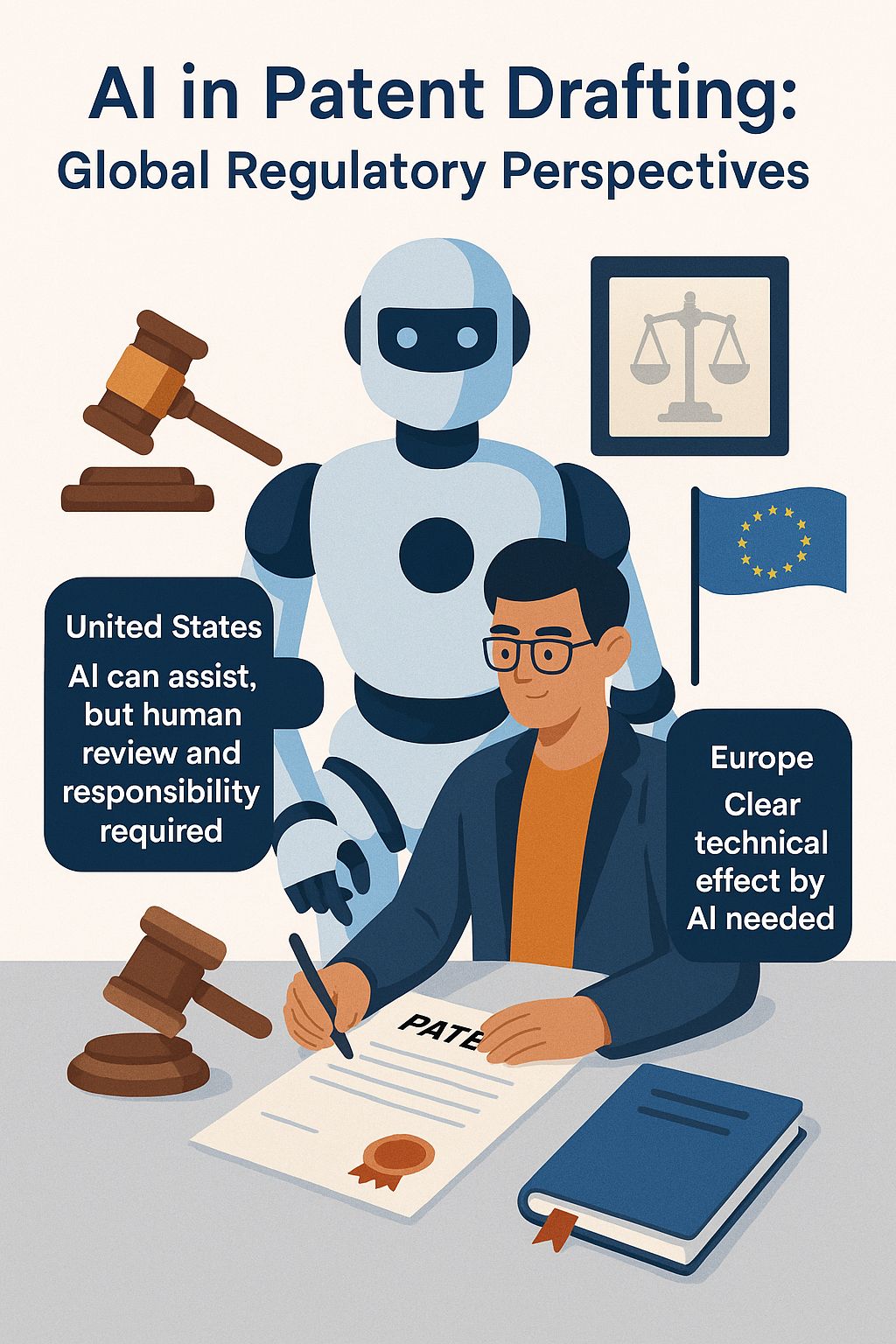
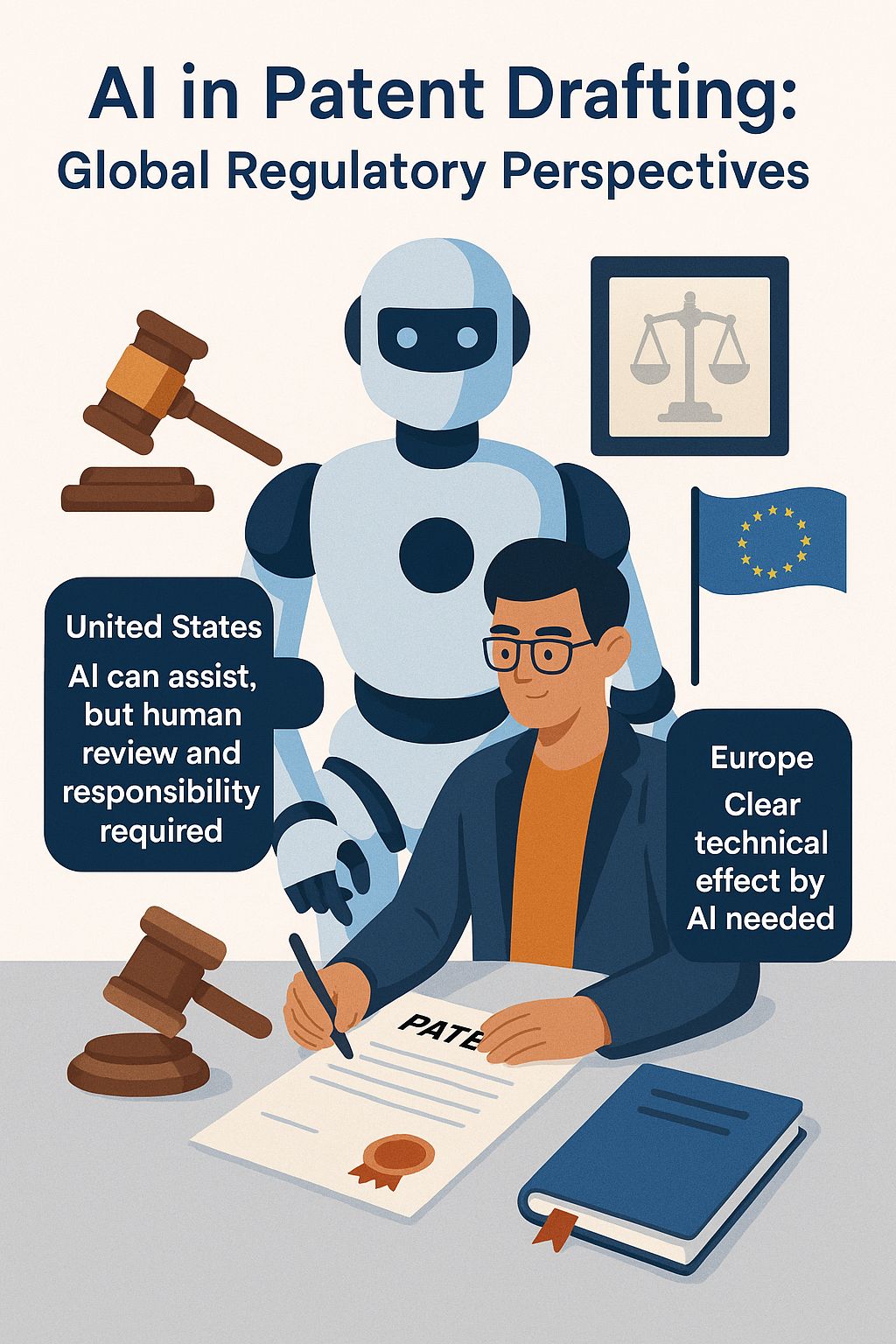
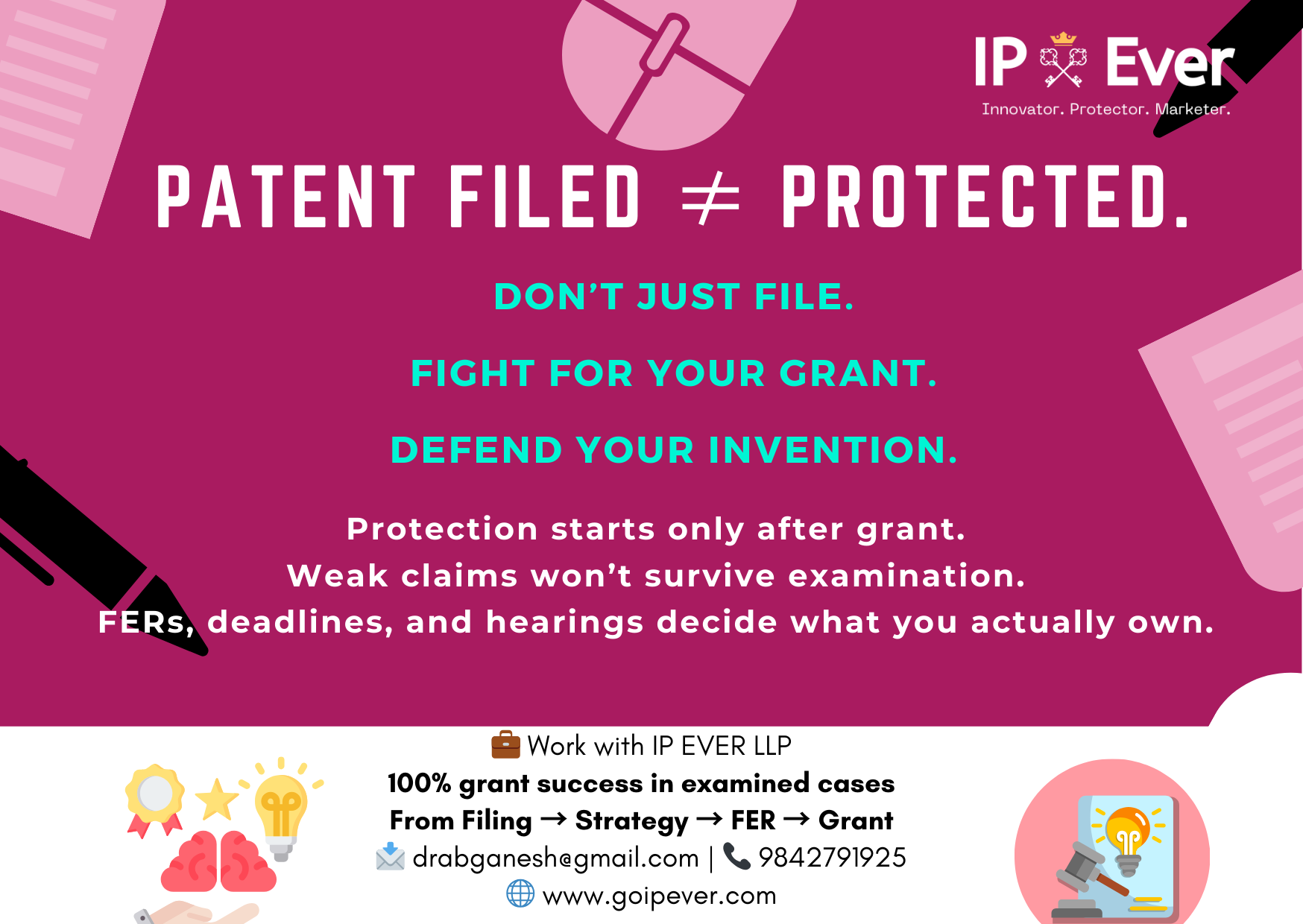
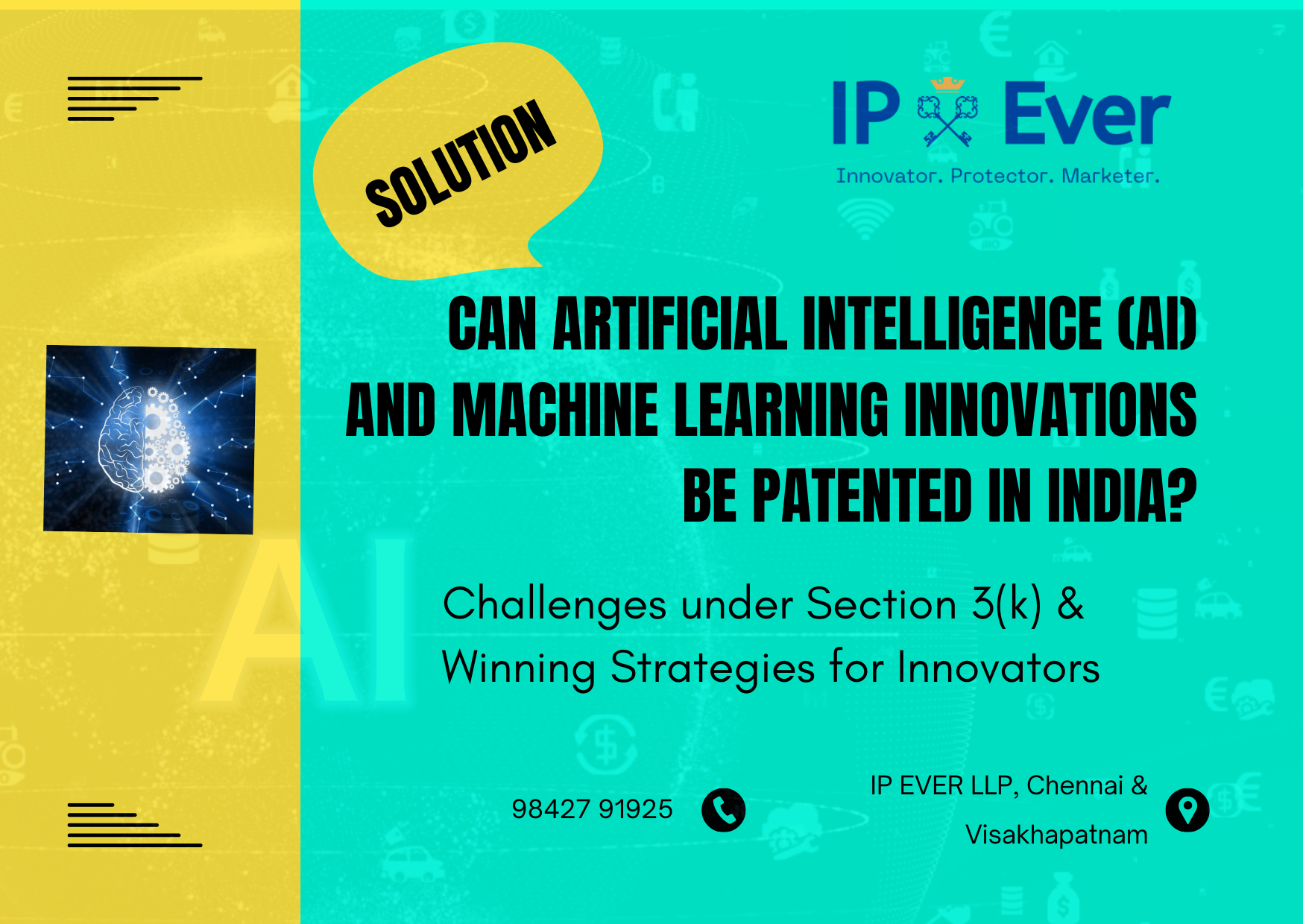
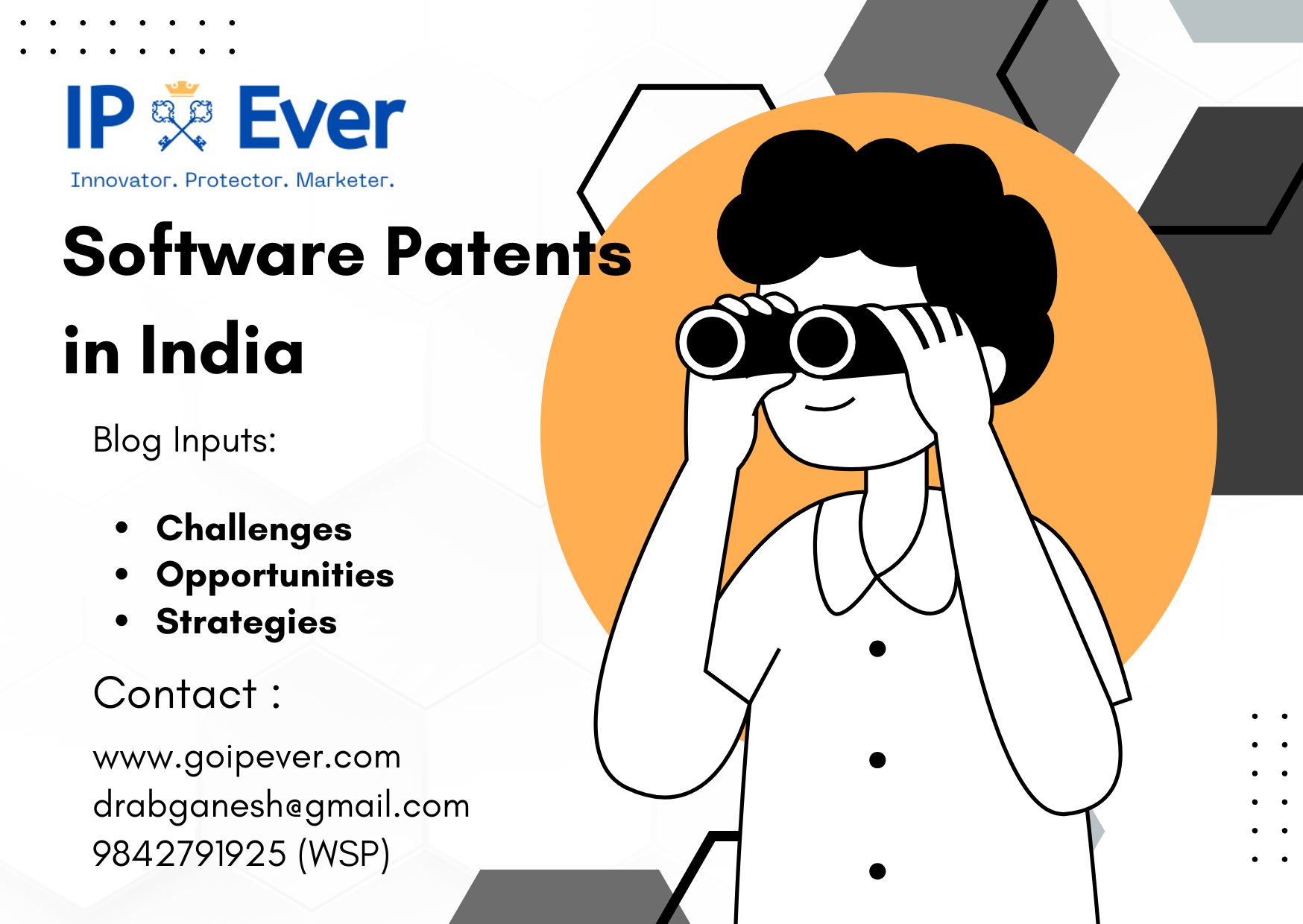
.png)
.png)
.png)
.png)
.png)
.png)
.png)
.png)
.png)
.png)
.png)
.png)
